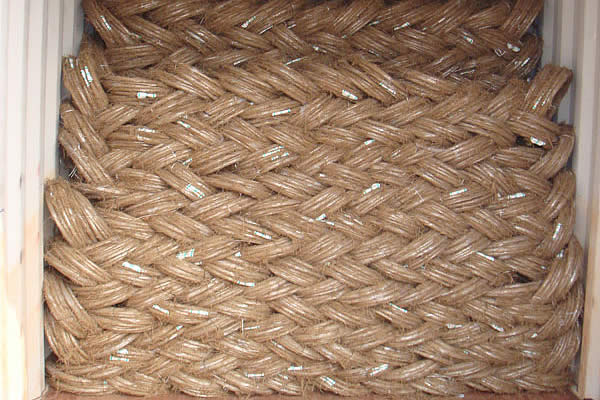 TEL:
+86-13102802206
TEL:
+86-13102802206
 Email:
fencenetting@china.com
Email:
fencenetting@china.com
 Language
Language
 TEL:
+86-13102802206
TEL:
+86-13102802206
 Email:
fencenetting@china.com
Email:
fencenetting@china.com
 Language
Language


The Versatility and Benefits of 316 Stainless Steel Welded Wire Mesh
316 stainless steel welded wire mesh is a highly versatile material that is increasingly popular in various industries due to its exceptional properties, making it an ideal choice for a wide range of applications. Composed primarily of iron, chromium, nickel, and molybdenum, 316 stainless steel is especially known for its corrosion resistance, strength, and durability. Its unique composition distinguishes it from other types of stainless steel, particularly in environments that are exposed to harsh chemicals and saline conditions.
Outstanding Corrosion Resistance
One of the standout features of 316 stainless steel welded wire mesh is its remarkable resistance to corrosion. The addition of molybdenum in the alloy composition enhances its ability to withstand pitting and crevice corrosion, which are common in chloride-rich environments. This makes 316 stainless steel welded wire mesh an excellent choice for marine applications, such as boat construction, fish farming, and coastal engineering projects, where exposure to saltwater is inevitable.
Moreover, its corrosion resistance means that maintenance and replacement costs are significantly reduced over time. Unlike materials that might rust or degrade in challenging environments, 316 stainless steel maintains its integrity for many years, ensuring a reliable performance.
Strength and Durability
Beyond corrosion resistance, 316 stainless steel welded wire mesh boasts exceptional strength and durability. The welded construction provides added stability and robustness, making it suitable for applications that require a high degree of structural integrity. Whether used in construction, fencing, or industrial applications, this material can withstand considerable stress and pressure, making it a preferred choice among engineers and designers.
Its durability extends to thermal and mechanical properties as well
. 316 stainless steel can operate in extreme temperatures without compromising its structural capabilities, which is crucial for applications involving high heat or cryogenic settings.
Wide Range of Applications
The flexibility of 316 stainless steel welded wire mesh lends itself to a multitude of applications across various industries. In the food and beverage sector, its non-reactive nature ensures that it does not alter the taste or quality of products. It is commonly used in food processing areas, allowing for hygienic handling of goods.
In construction, 316 stainless steel welded wire mesh is often used in cement and plaster to provide additional strength to walls and other structures. Its resistance to chemical exposure makes it an excellent choice for architectural applications in corrosive environments, such as bridges or buildings near the ocean.
Additionally, 316 stainless steel welded wire mesh is invaluable in agriculture and horticulture. It can serve as trellises for climbing plants, fences to protect crops, or even enclosures for poultry and livestock, ensuring safety and security without compromising visibility or airflow.
Aesthetic Appeal
Beyond functionality, 316 stainless steel welded wire mesh also offers aesthetic appeal. Its sleek and modern appearance makes it an attractive option for decorative applications in architectural designs. Many homeowners and designers are now utilizing this material for railing systems, garden screens, and artistic installations, benefiting from both practical and visual advantages.
Conclusion
In conclusion, 316 stainless steel welded wire mesh stands out as a superior material that combines strength, durability, and corrosion resistance. Its wide range of applications—from food processing to construction and decorative uses—illustrates its versatility and efficacy in various environments. When selecting materials for demanding applications, 316 stainless steel welded wire mesh proves to be an investment that offers long-term benefits and reliability, making it a go-to choice for professionals across multiple industries. Whether for industrial, agricultural, or architectural purposes, the value of this material cannot be overstated, showcasing the perfect blend of quality and functionality.